As Japan’s window to the West for centuries, Nagasaki’s storied past can be seen throughout this beautiful port city. From European and Chinese architecture to historical churches, we’ll take you to the iconic landmarks in this Nagasaki travel guide.
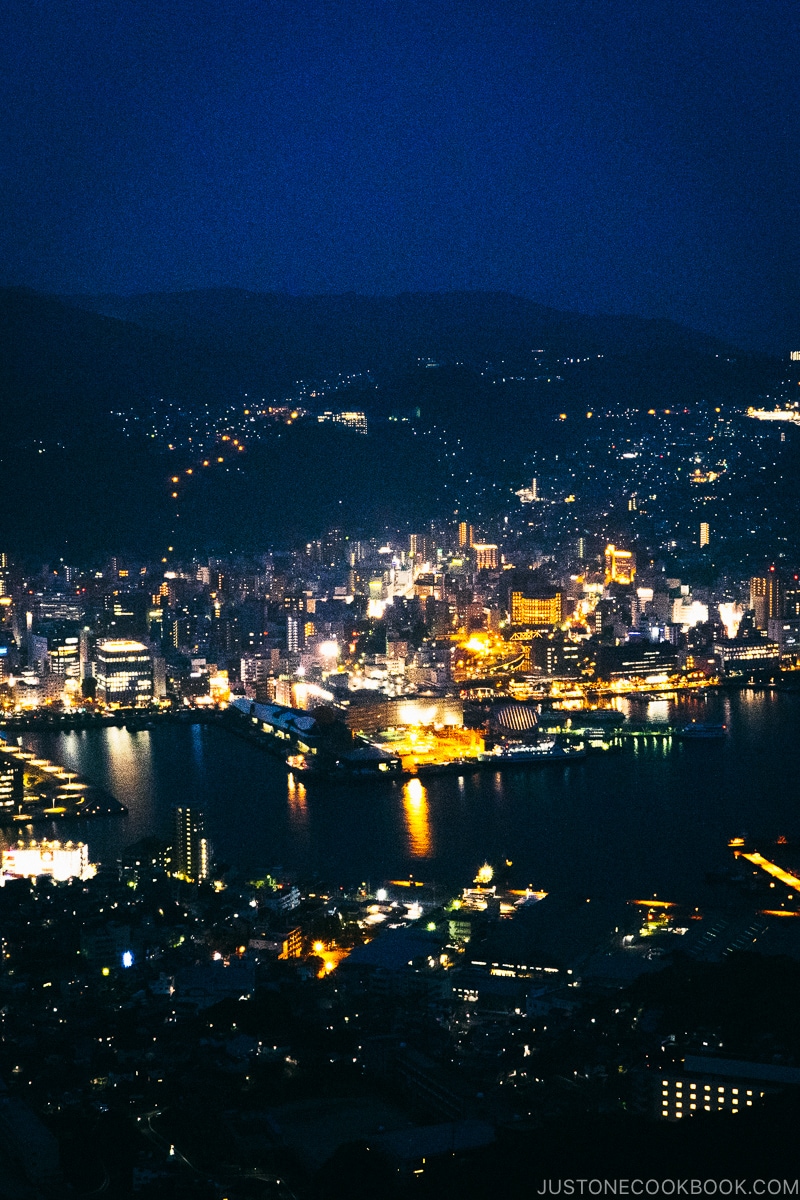
The port city of Nagasaki was one of Japan’s few windows to the rest of the world for many centuries. It played an important role in introducing western and other eastern cultures to Japan. Our family spent three days in this unique melting pot visiting the historical landmarks.
We’ll introduce Nagasaki over three posts:
- Nagasaki Travel Guide – covering historical sites
- Nagasaki Atomic Bomb Museum and Peace Park
- Where and What to eat in Nagasaki
Table of Contents
- Where is Nagasaki
- What to Do in Nagasaki
- Sakoku – Japan’s Period of Isolation
- Oura Church 大浦天主堂
- Glover Garden グラバー園
- Nagasaki Koshibyo Confucius Shrine 長崎孔子廟
- Hollander Slope オランダ坂
- Nagasaki Shinchi Chinatown 長崎新地中華街
- Nagasaki Dejima 出島
- Stone Bridge of Nakashima River
- Nagasaki Museum of History and Culture 長崎歴史文化博物館
- Museum of 26 Martyrs of Japan 日本二十六聖人記念館
- Mt. Inasayama Observatory 稲佐山山頂展望台
Where is Nagasaki
Nagasaki is located on the west side of Kyushu Island and right on Nagasaki Bay. From Tokyo, the fastest shinkansen bullet train would take more than 7.5 hrs. A better option is to fly from Tokyo to Nagasaki Airport in Omura which takes about two hours. From Omura, it takes about 1 hour by car or bus to get to downtown Nagasaki from the airport.
What to Do in Nagasaki
Nagasaki is not a densely populated city with 400k people. However, there are plenty of things to do and see. In this travel guide, we’ll begin the journey from the southern part of the city and head up north visiting historic sites along the way. Ready? Let’s go!
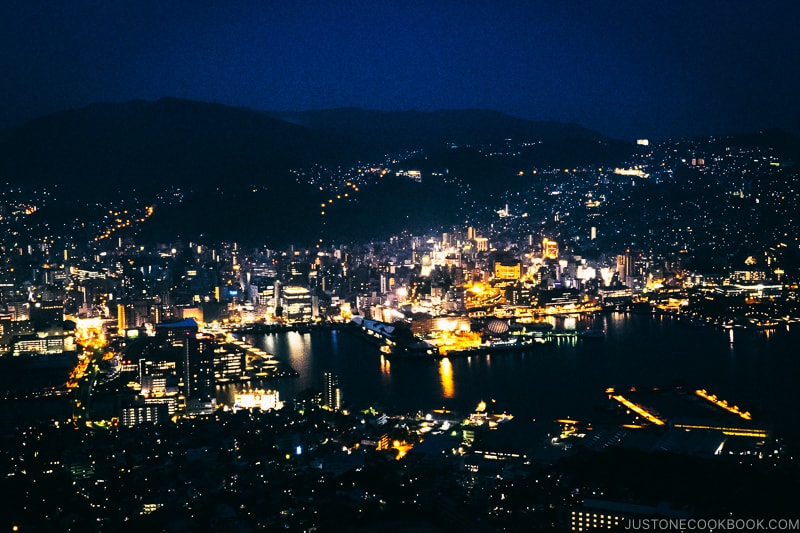
Sakoku – Japan’s Period of Isolation
From the 1630s to 1853, Japan had an isolation policy called sakoku (鎖国 closed country) put in place by Tokugawa Shogunate for 214 years. Nagasaki’s importance during this policy can’t be understated. It was the only port allowed to trade with the Dutch and Chinese. The relationship with the Dutch introduced new technologies and led to industrialization in the area.
Oura Church 大浦天主堂
Our tour starts at Oura Church. Built in 1864 it is one of the oldest churches in Japan. Oura Church is recognized as a National Treasure and part of UNESCO World Heritage (Hidden Christian Sites in the Nagasaki Region). It was built to commemorate the Twenty-Six Martyrs of Japan who were executed in 1597.
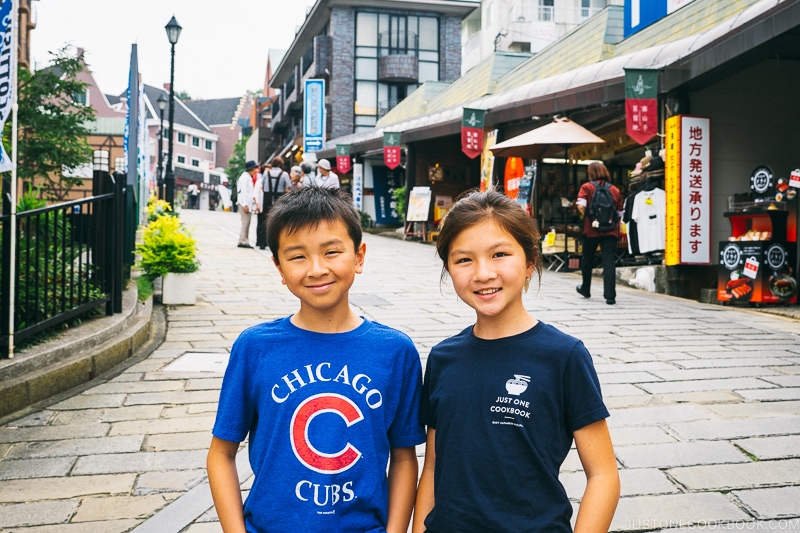
The statue of the Virgin Mary in front of the church has the inscriptions “in memory of discovered followers” below. Underground Japanese Christian came to the church and revealed their faith after it was constructed. Some of these Christians have been secretly practicing their religion for 200 years.
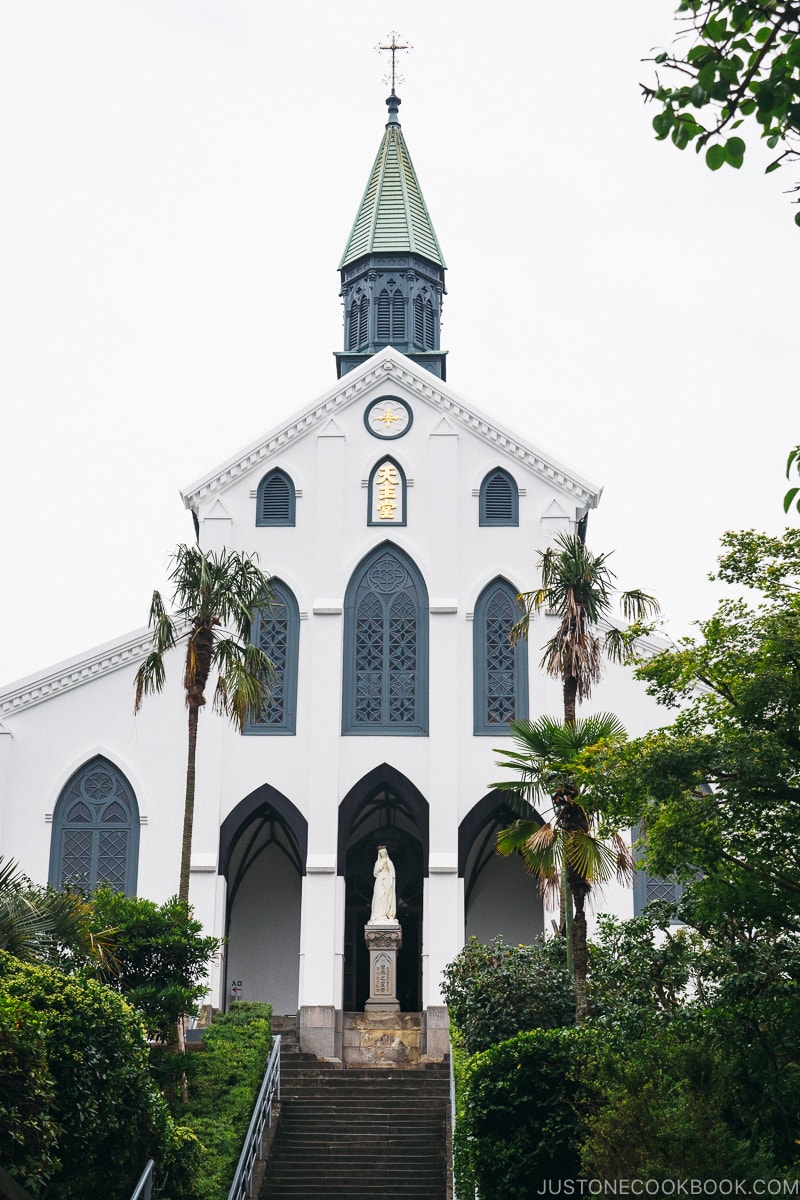
Glover Garden グラバー園
Just a few steps from the Oura Church is Glover Garden. After a long period of isolation, Japan finally opened trade with other countries in the 1860s. Even though trading flourished, foreigners were designated to certain areas of the Nagasaki. This includes the current Glover Garden site in Minamiyamate.
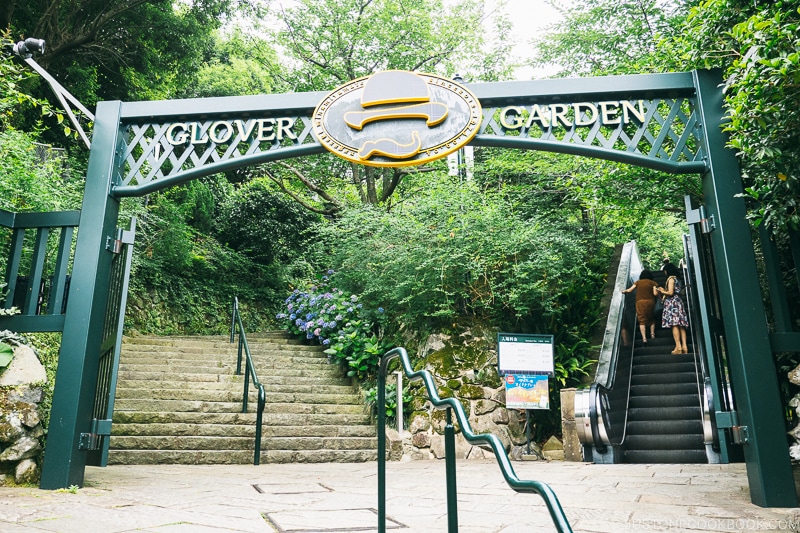
Today, the garden contains nine historical Western buildings including the residence of Thomas Blake Glover. The Glover House is recognized as a UNSECO world heritage site (Sites of Japan’s Meiji Industrial Revolution: Iron and Steel, Shipbuilding and Coal Mining).
So who is Thomas Blake Glover?
He is a Scottish businessman who had a tremendous impact on the industrialization of Nagasaki. His accolades included assisting Japanese men to go to the UK to be educated, built slip dock and coal mine, and founded Japanese Brewery Company (became today’s Kirin Brewery).

The garden is located on a large sloping hill and the tour starts from the top and heads down. Luckily, there are escalators to bring visitors to the top of the hill.
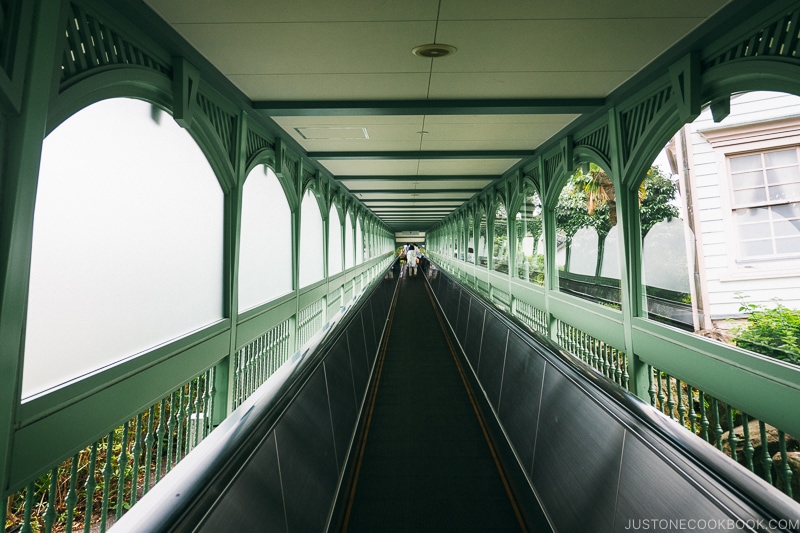
The Glover Garden houses western colonial-style buildings which comprise residences, a school, and a dock house. Most buildings were not originally on the garden grounds. When Nagasaki tried to preserve the western buildings they were moved there.

The buildings are open to visitors and the interiors are decorated based on the time period.
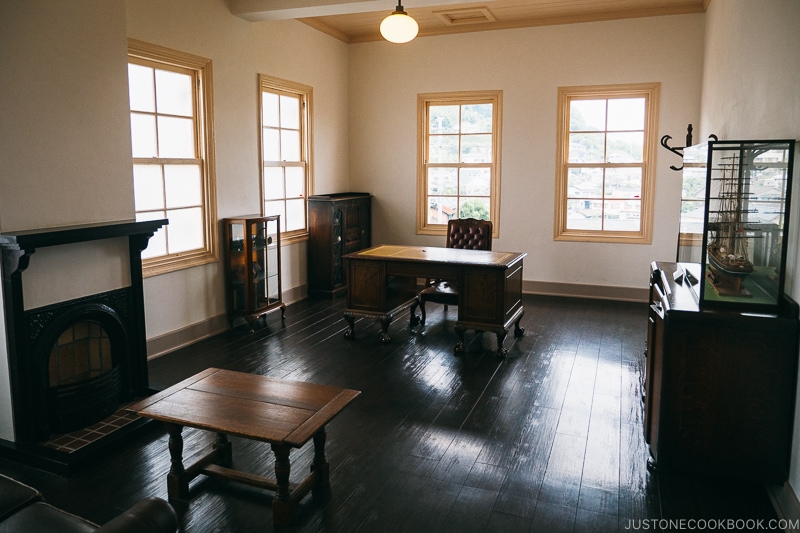

The buildings are along the walking path as visitors make their way down the hill.
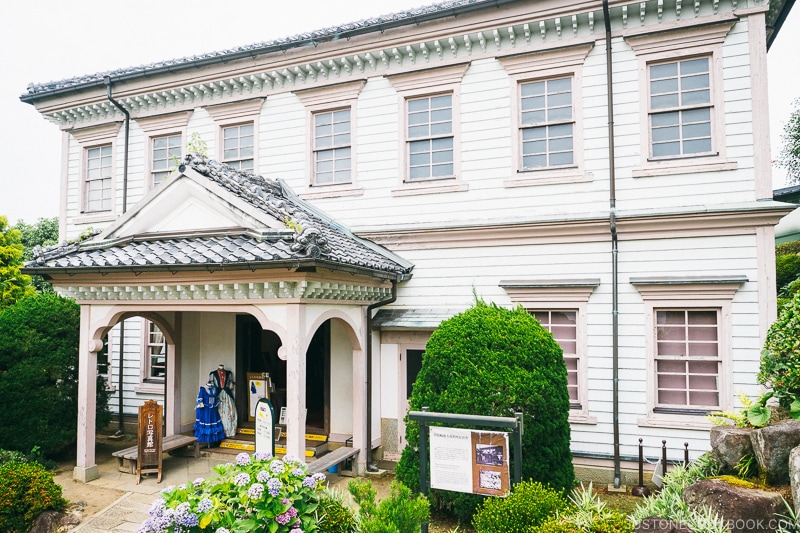
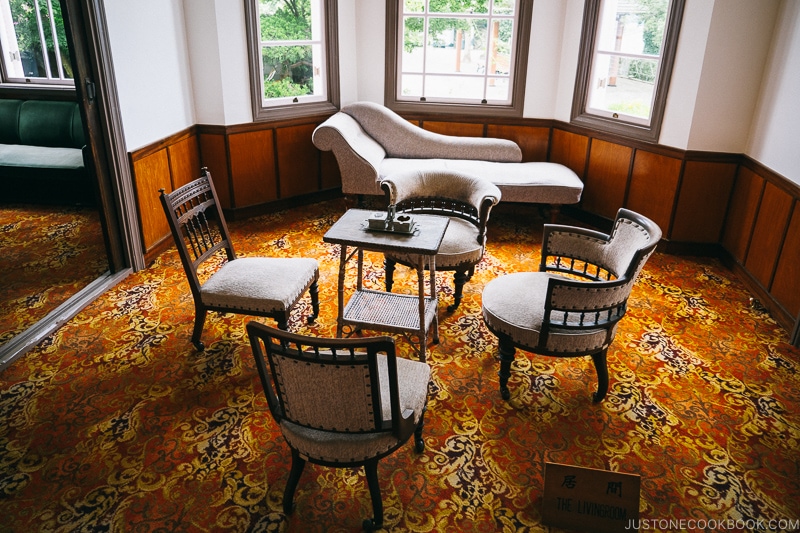
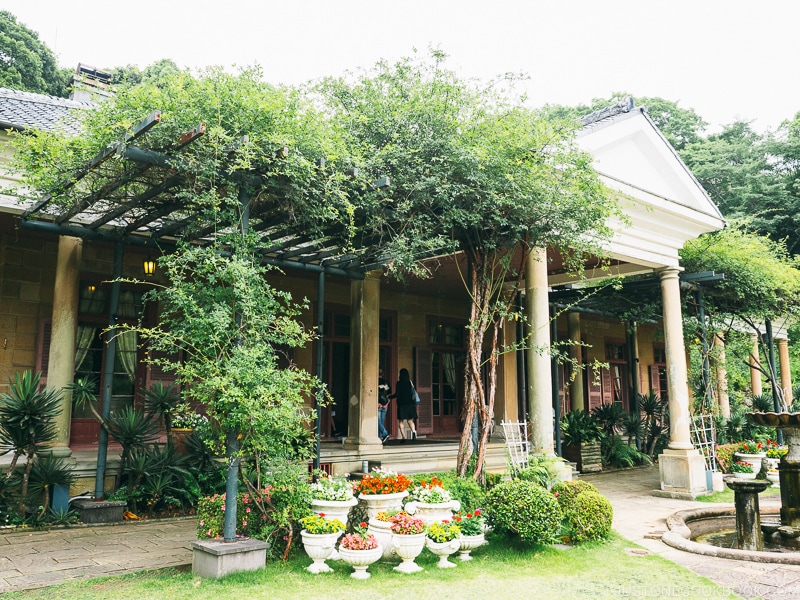
Unfortunately during our visit, we didn’t get to tour the Glover House. It was going through a major restoration project that will not be completed until Nov 2021.
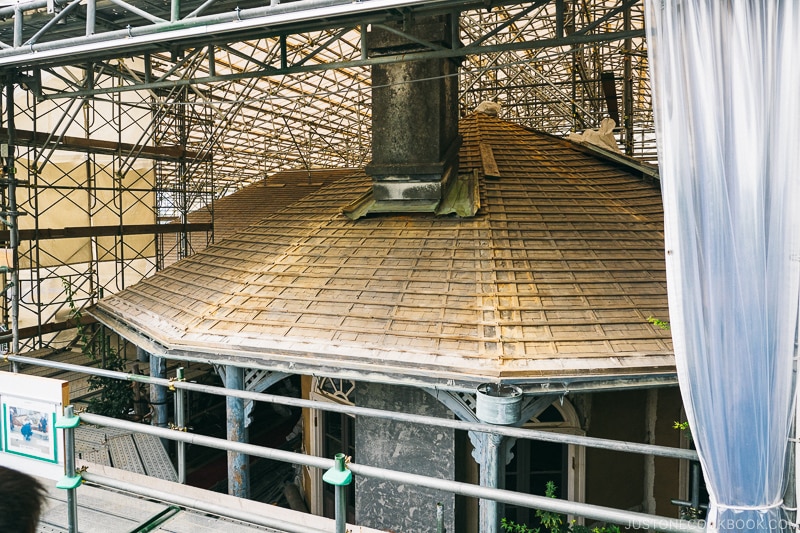
Nagasaki Traditional Performing Arts Center 長崎伝統芸能館
The last stop on the Glover Garden tour is Nagasaki Traditional Performing Arts Center. Each fall, Nagasaki holds the Kunchi Festival featuring dances and performances by city districts.
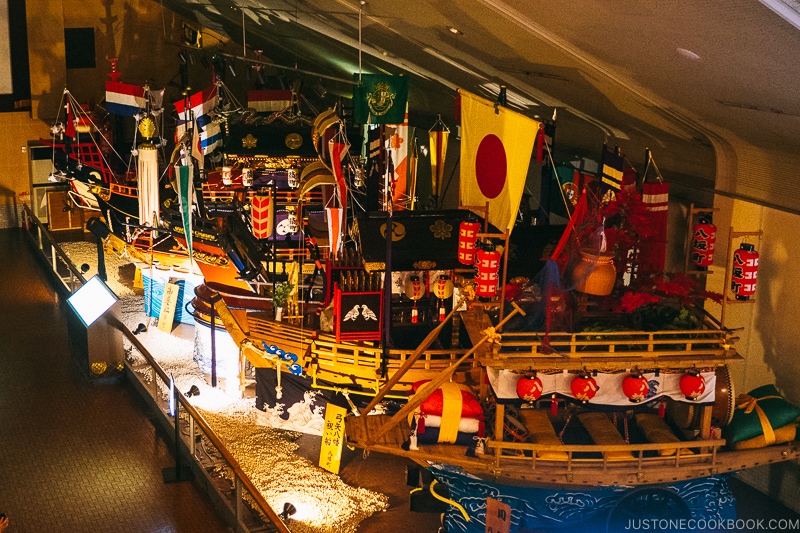
The performances include large floats and Chinese dragon dances. The performing arts center has several of the ornate floats on display and plays a highlight reel of the festival.
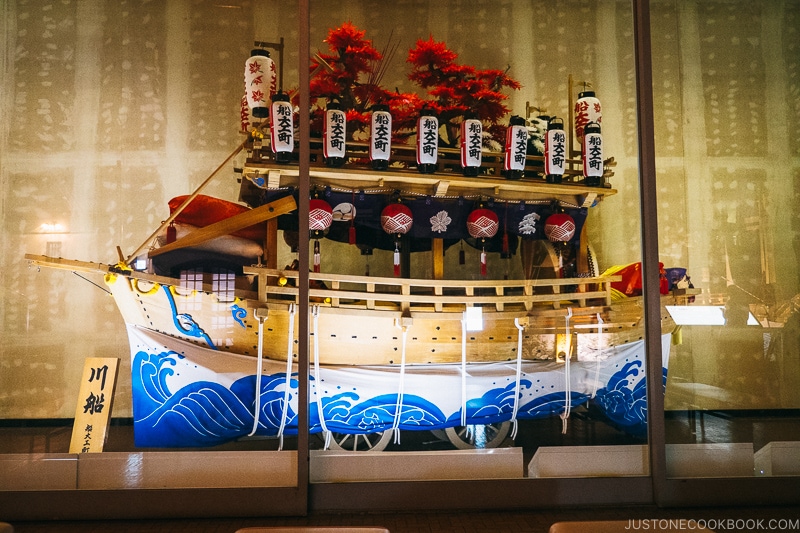
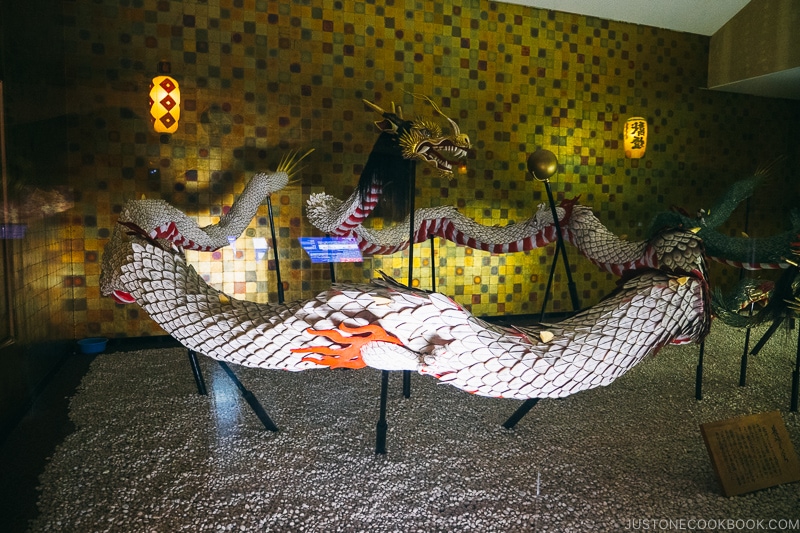
Nagasaki Koshibyo Confucius Shrine 長崎孔子廟
Just 10 min walk from the Glover Garden is the Nagasaki Koshibyo Confucius Shrine. The Qing government and the Chinese community built the shrine in 1893. It is the largest Confucius Shrine in Japan.
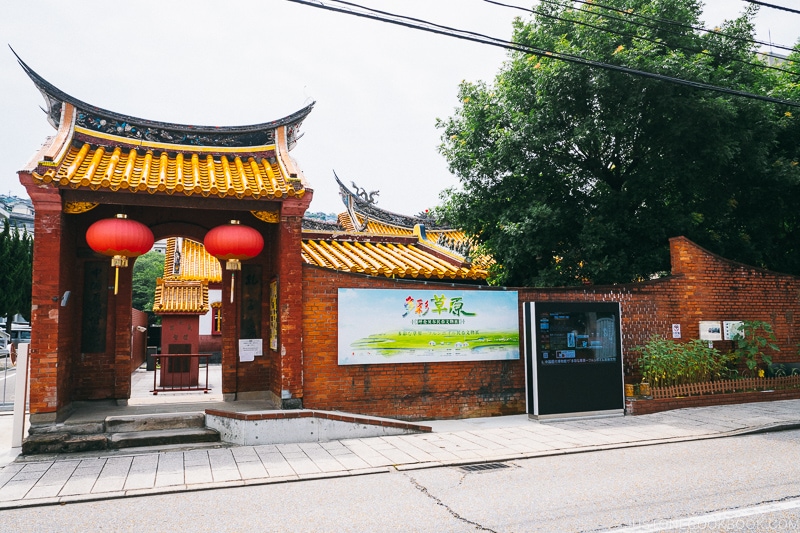
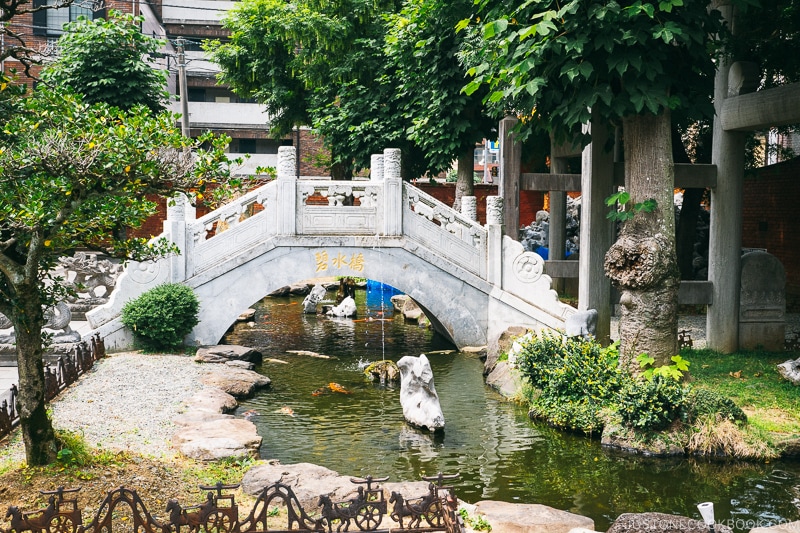
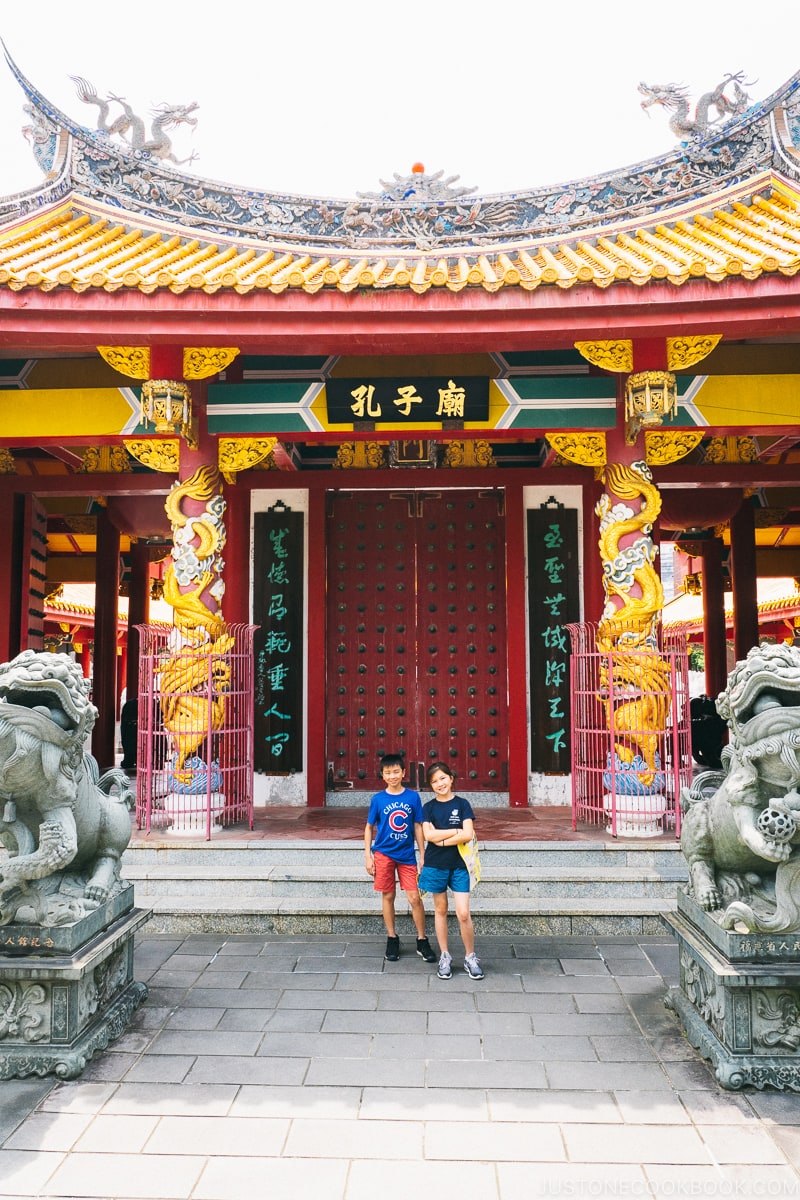
The statues of the 72 sages lined the main courtyard. They were sculpted in China and weigh 1.8 tons each.
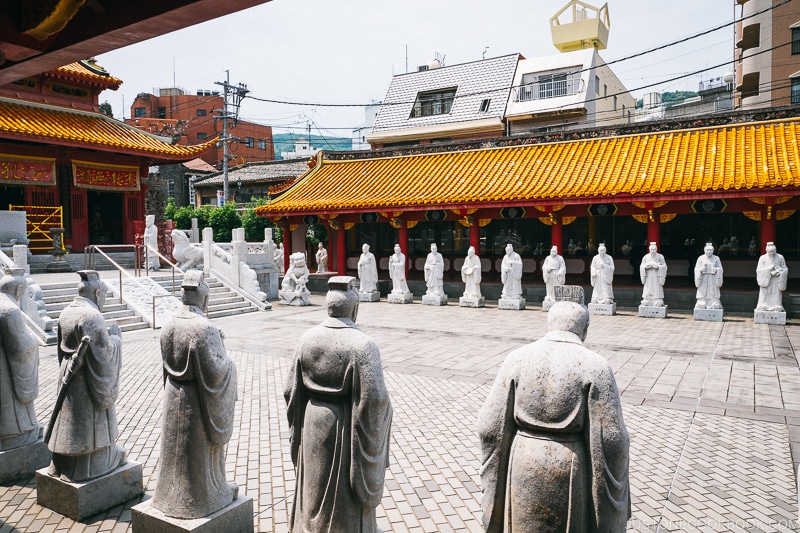
In the main Taisei Hall is the seated Confucius statue.
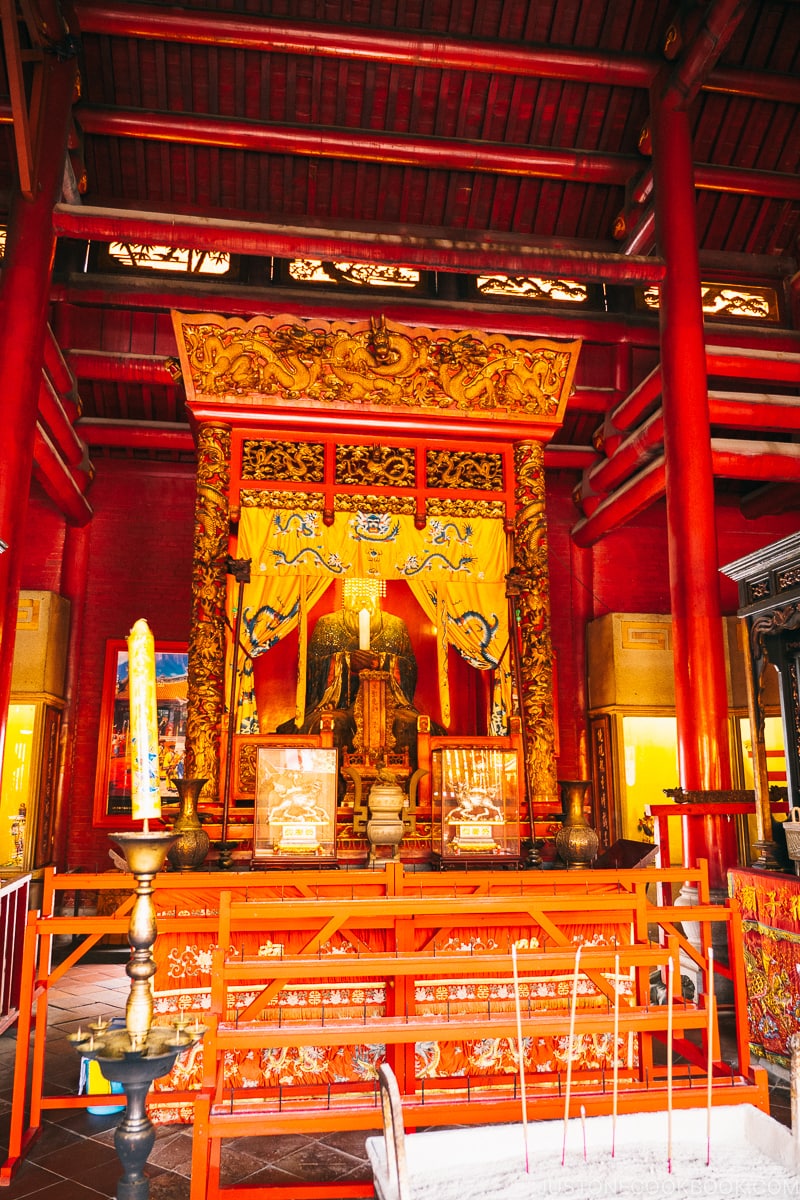
Historical Museum of China 中国歴代博物館
The Historical Museum of China built in 1983 (90th anniversary of the shrine) is located at the back of Taisei Hall. The second flour of the museum contains national treasures provided by museums in China. The third floor exhibits historical records related to the shrine.


Hollander Slope オランダ坂
Head north by foot for 5 min from the shrine and you’ll reach Hollander Slope. This area with western style homes and buildings was another one where foreigners were allowed to reside.
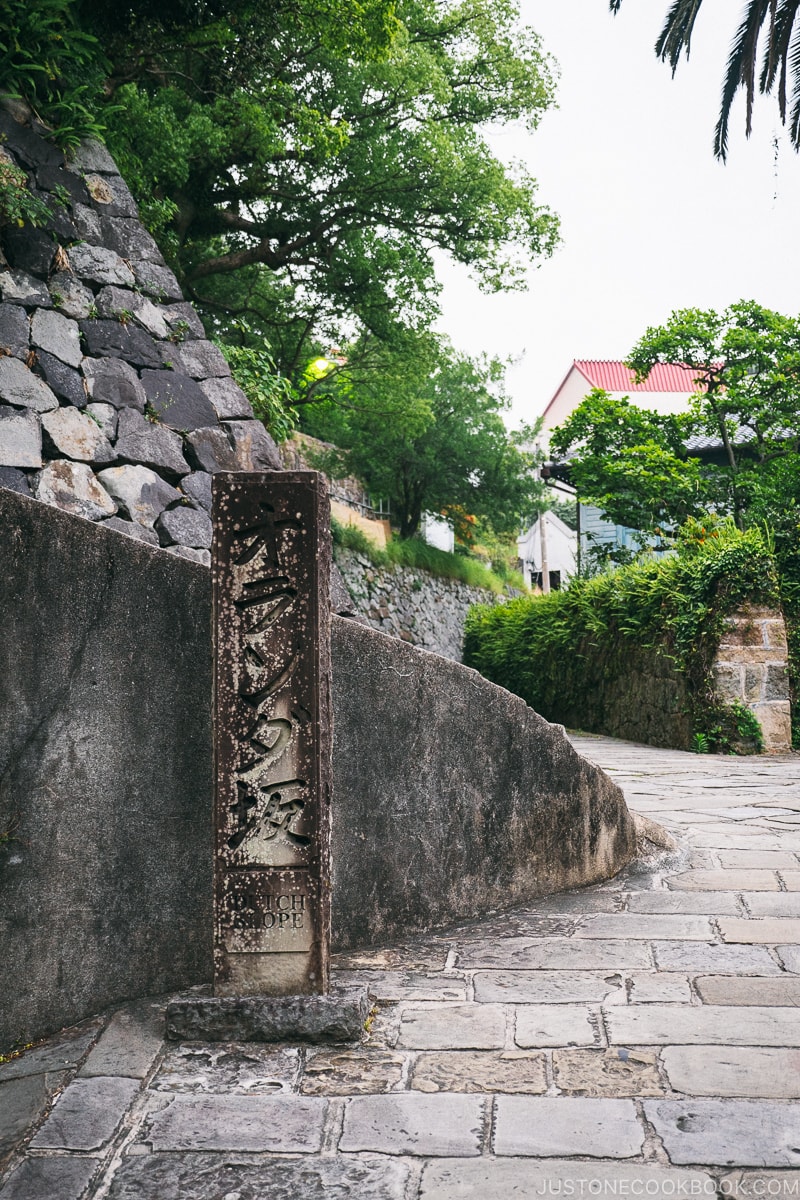
The western-style house at No 13 A Higashiyamate is free for visitors to tour (closed every Monday).
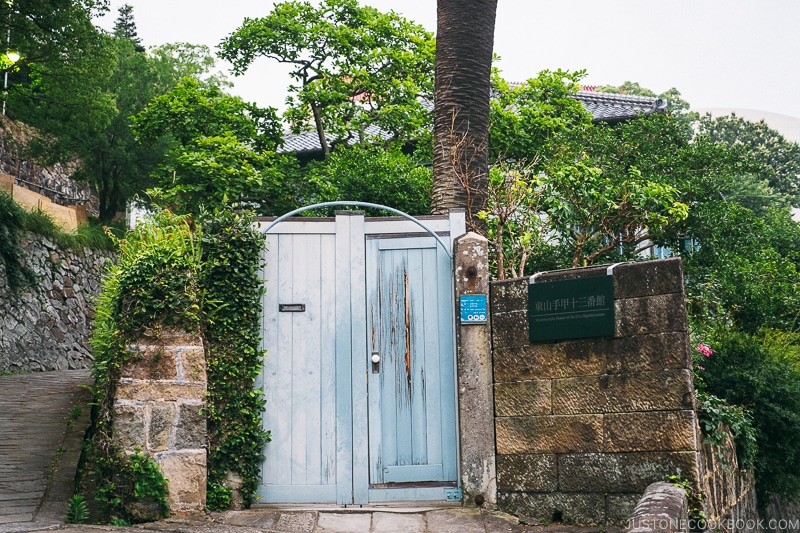
Walk 10 min northeast to visit Nagasaki Chinatown.
Nagasaki Shinchi Chinatown 長崎新地中華街
Nagasaki Shinchi Chinatown is the oldest one in Japan and it was home to Chinese traders and sailors during the period of isolation (17th – 19th century). The Chinese were not allowed to travel outside and were restricted to a few areas.
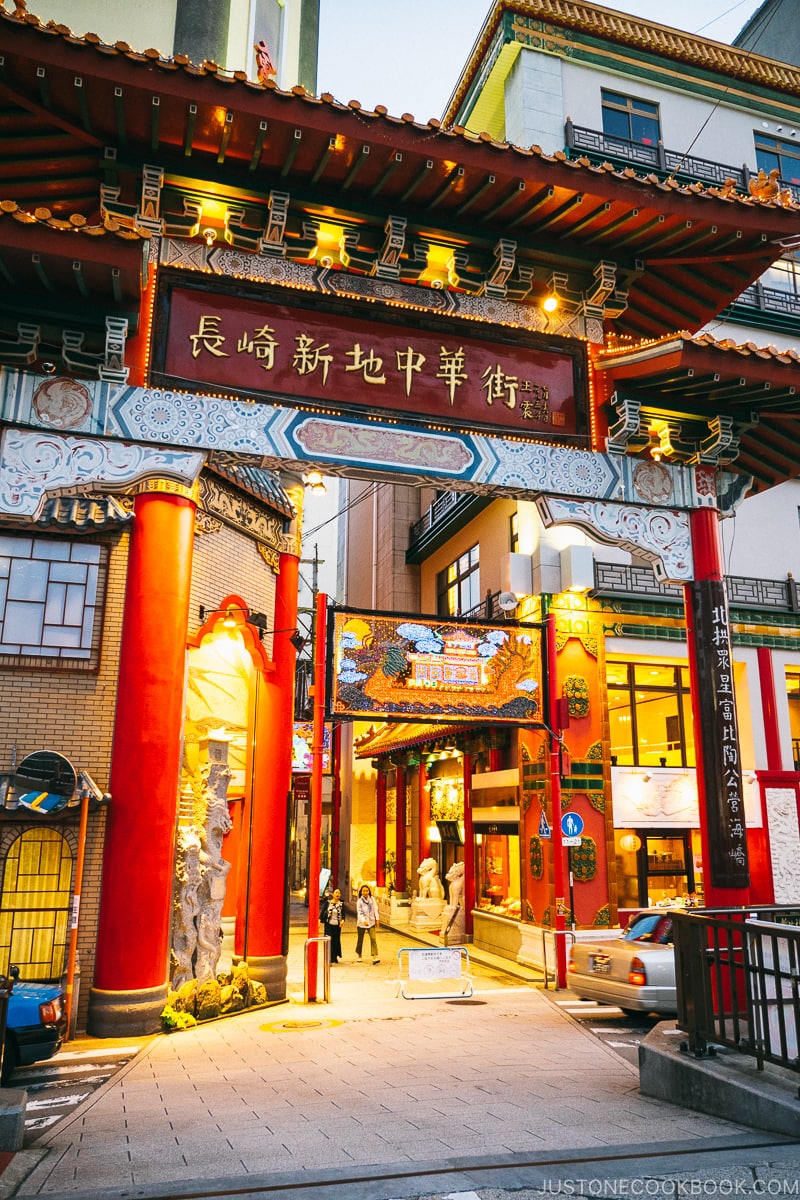
Today the Nagasaki Chinatown is home to many restaurants and gift shops. Surprisingly, despite its prominence, Nagasaki Chinatown is quite small compared to the Chinatowns in Yokohama and Kobe.
The lantern festival during the Chinese New Year is one of the most popular events in Nagasaki. Thousands of lanterns are lit to celebrate the occasion.
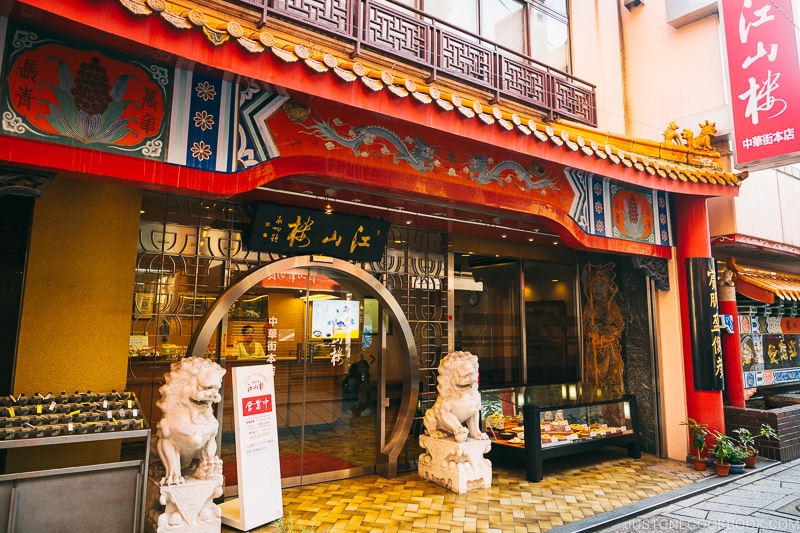
Nagasaki Dejima 出島
During the period of isolation, similar travel restrictions applied to Dutch traders. They were restricted to the island of Dejima and part of it was tied to limiting the spread of Christianity.

Starting in 1996, Dejima has undergone a major restoration to recreate the experience for visitors. The recreated buildings on site including the captain’s quarters and various warehouses. There are also restored older buildings like the former Dejima Protestant Seminary.

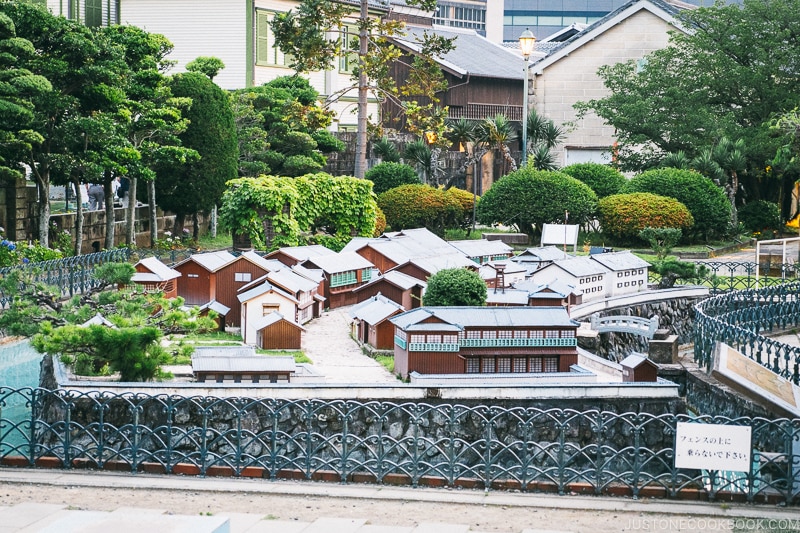
Stone Bridge of Nakashima River
Walk along Nakashima River next to Dejima and you will pass by a number of stone bridges. These bridges were built in the 17th century for the visitors to attend the shrines and temples in the area.
To the east of the river is Nakadori Shopping Street (Nagasaki’s oldest shopping street) and Teramachi, where a number of shrines and temples are located. Among the temples are the famous Kofukuji and Sofukuji, Chinese temples built in the 1600s.
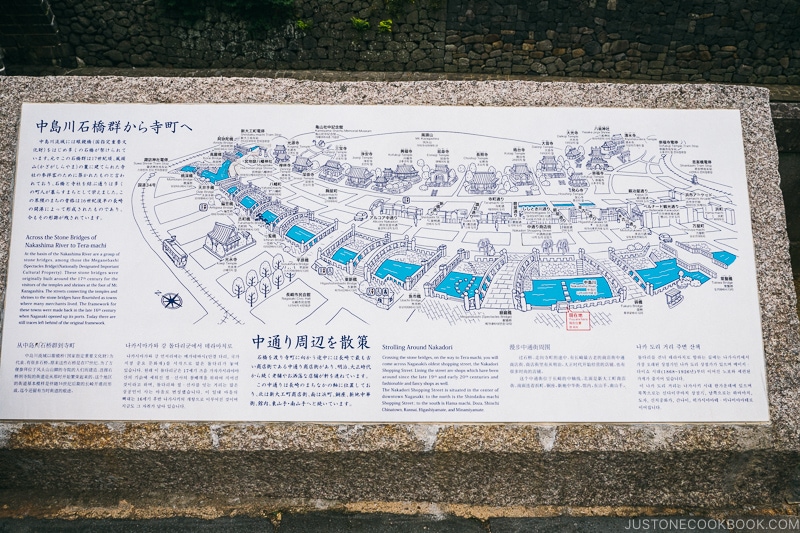
Meganebashi Bridge 眼鏡橋
Amid all the stone bridges, the most famous one is Meganebashi, or “Spectacles Bridge” and it’s Japan’s oldest stone arch bridge. The bridge was built by Chinese monk Mokusunyoujo of Kofukuji Temple.
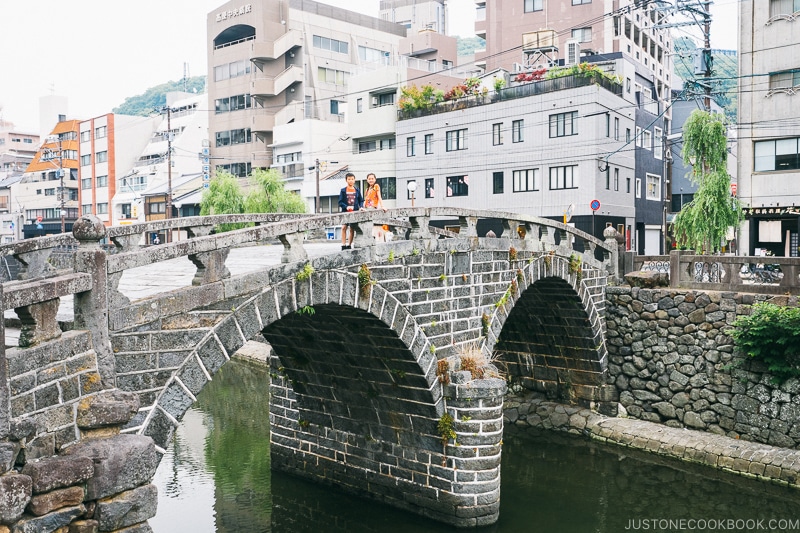
The name Megane comes from the shape of the bridge and the reflection in the river resembling spectacles. Megane means spectacles or glasses in Japanese. Meganebashi Bridge is one of Japan’s three famous bridges along with Tokyo’s Nihonbashi Bridge and Iwakuni’s Kintaikyou Bridge.
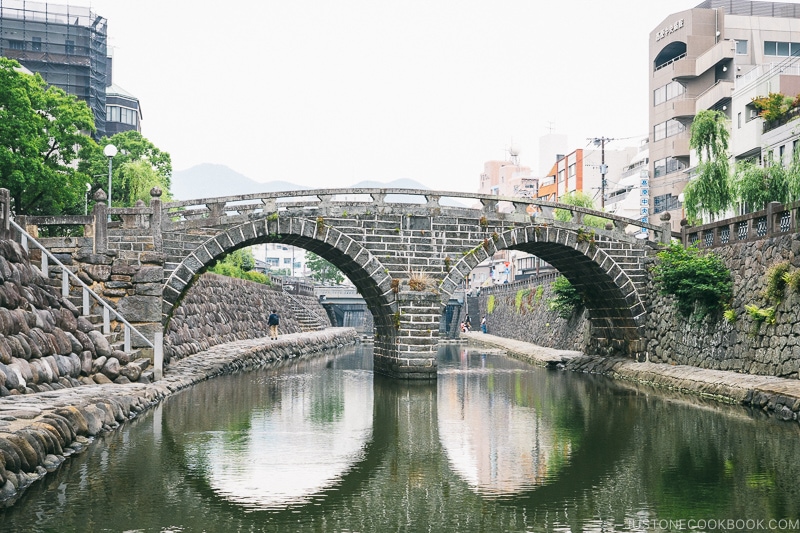
We would recommend the locations we’ve covered so far as the first-day itinerary when you’re in Nagasaki.
Nagasaki Museum of History and Culture 長崎歴史文化博物館
Start your second day at the Nagasaki Museum of History and Culture. The museum is dedicated to telling Nagasaki’s role with foreign trade and relationships during Japan’s period of isolation.
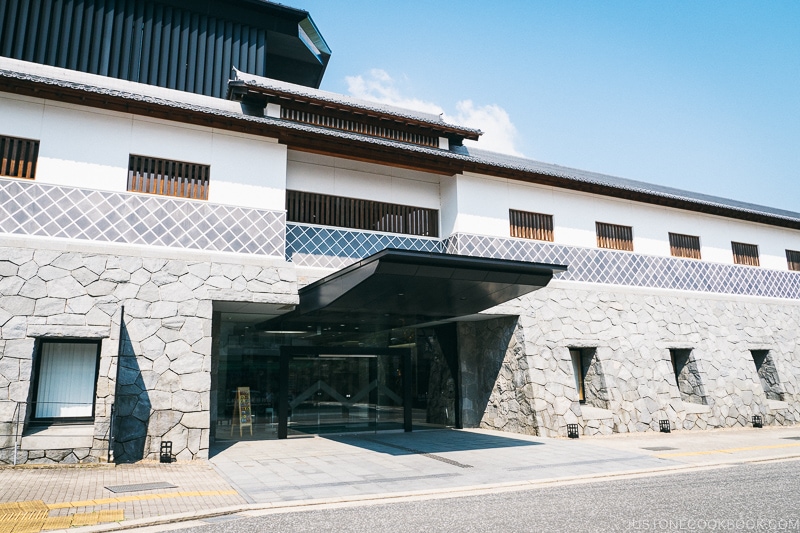
The museum’s exhibits focus on the trade with the West and Chinese, Nagasaki’s arts and crafts, and modernization of the region with imported western technology and knowledge.
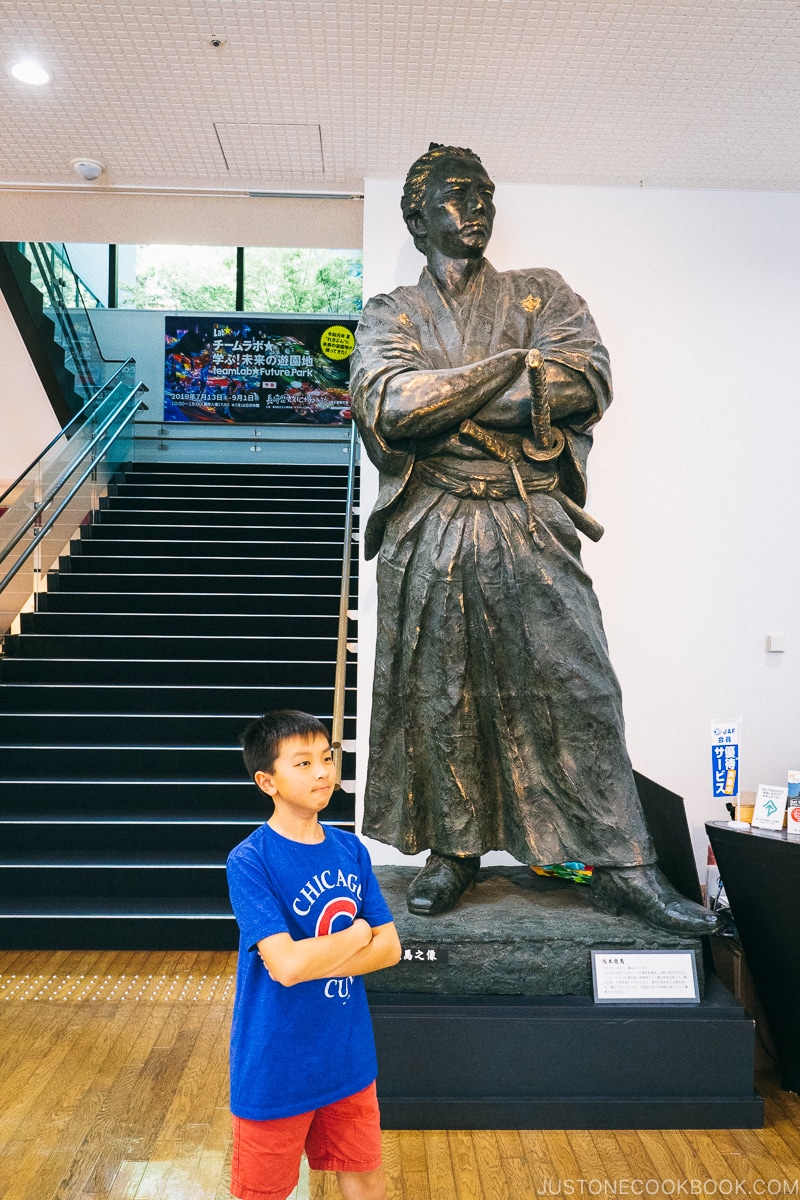
Our family enjoyed the museum very much as the information is neatly organized. It was very interesting to learn how the different cultures influenced Nagasaki over the past 400 years.
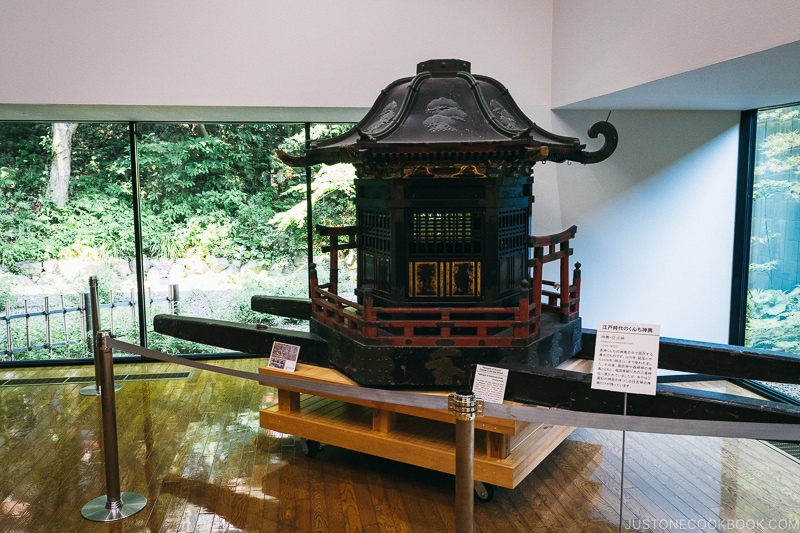
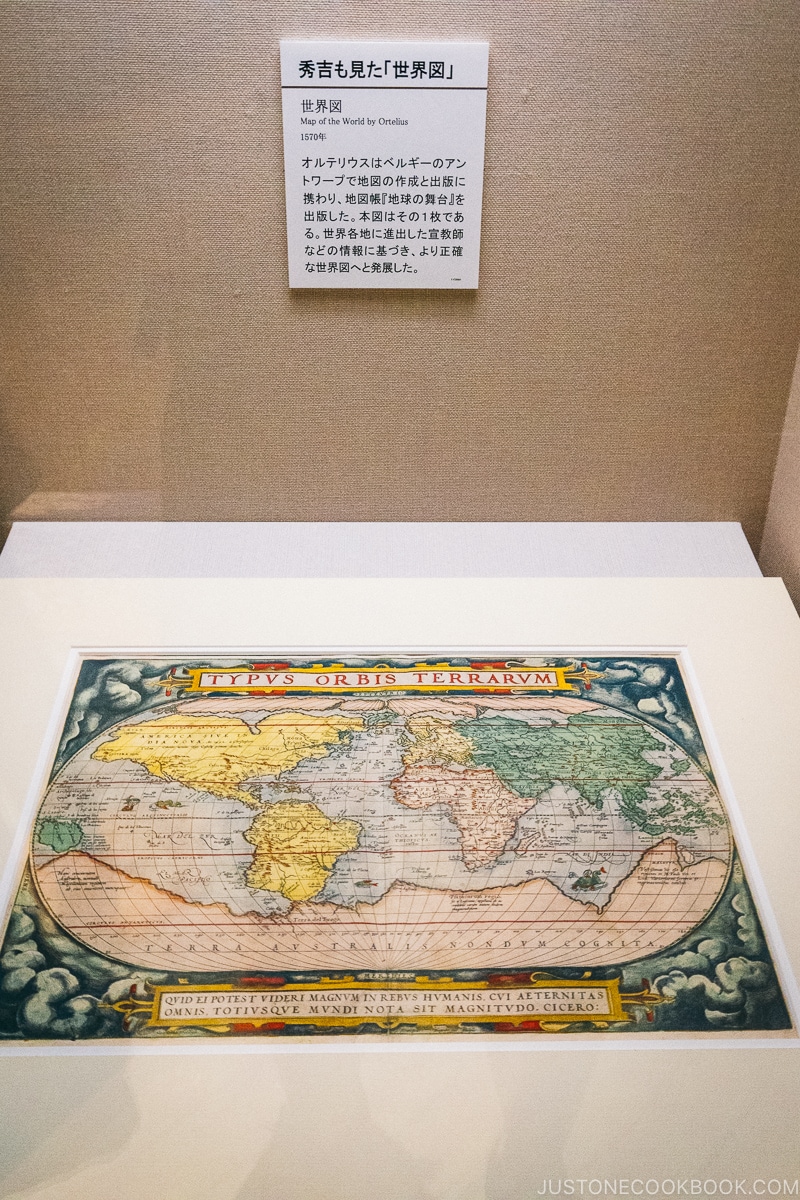
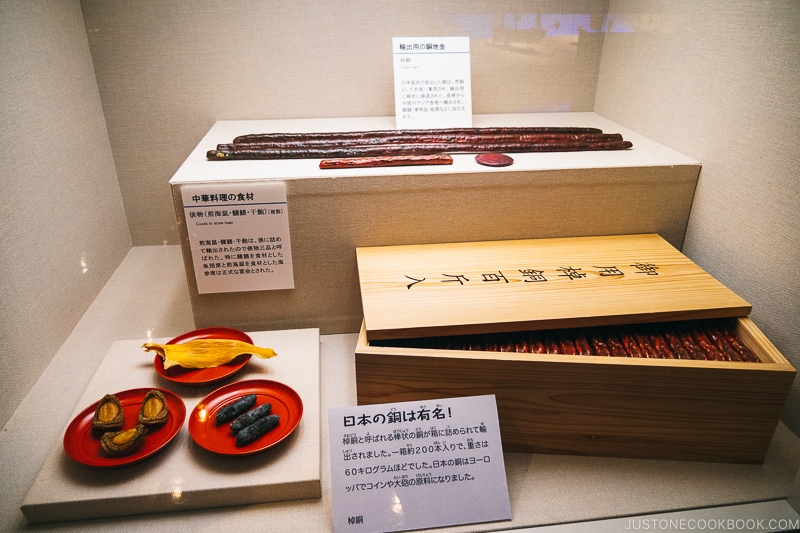
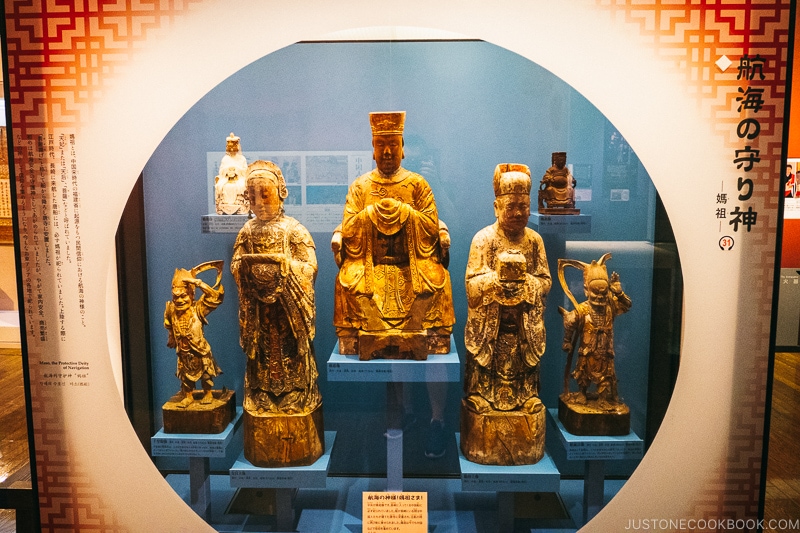
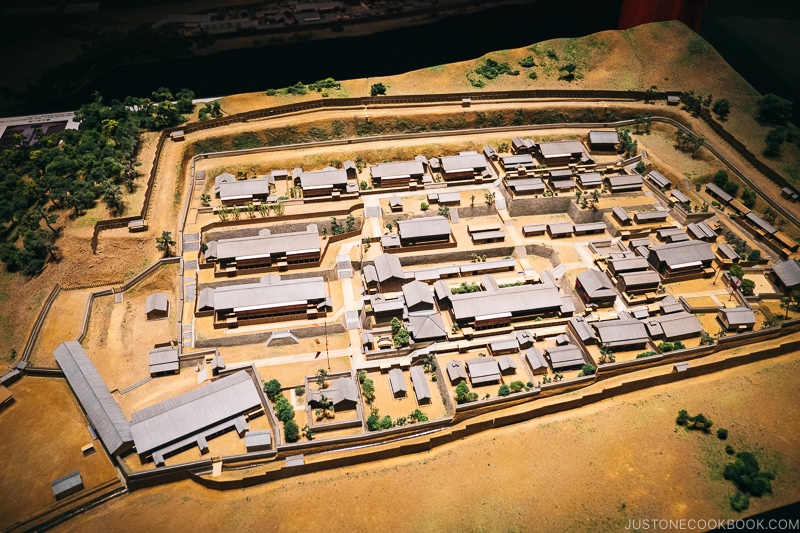
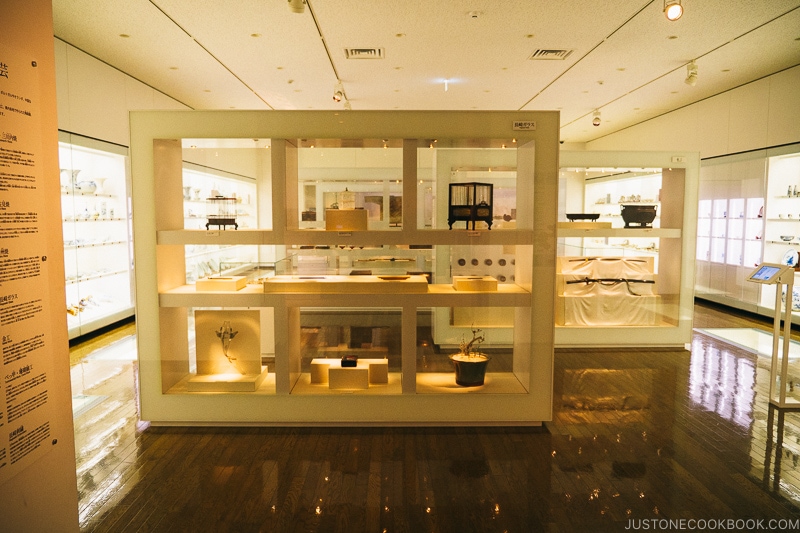
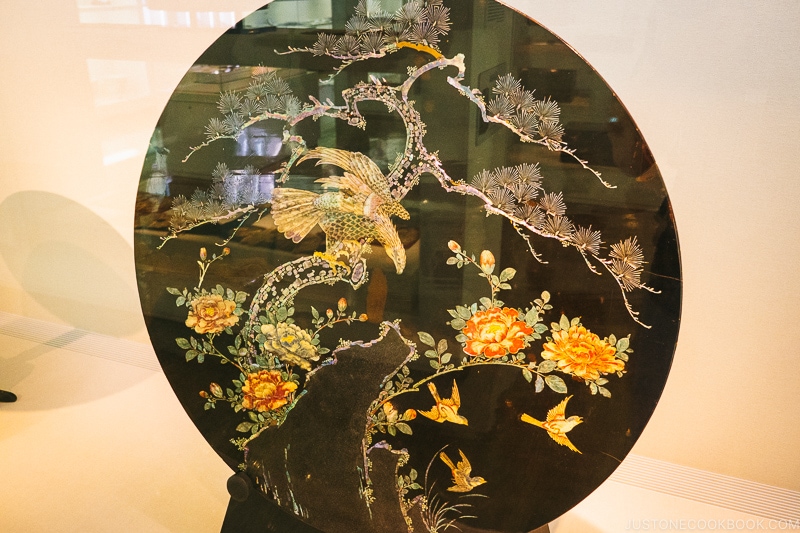
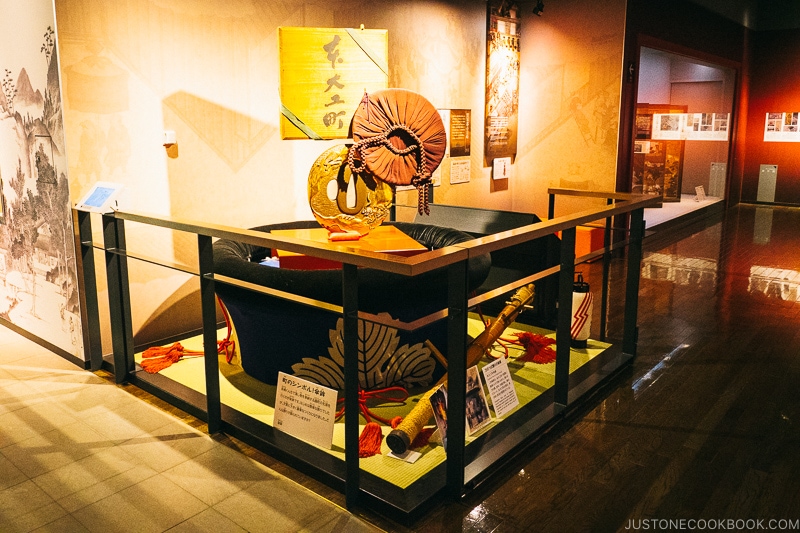
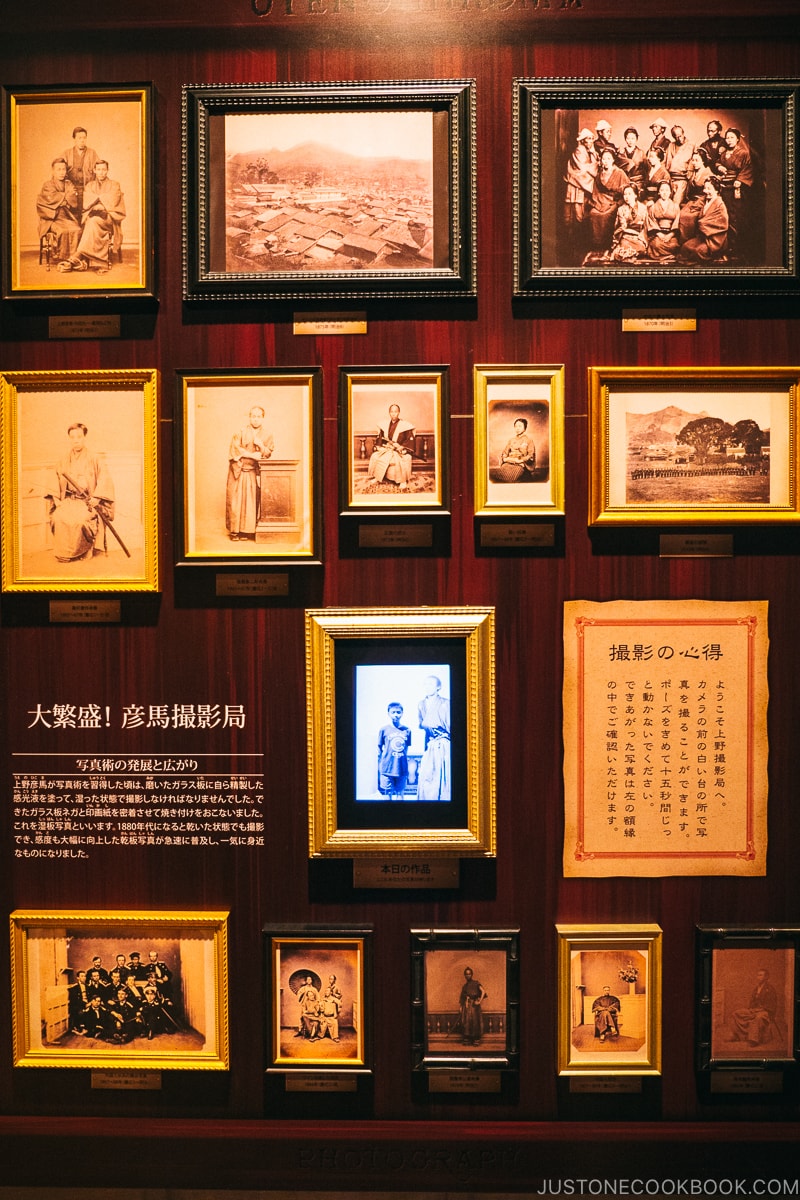
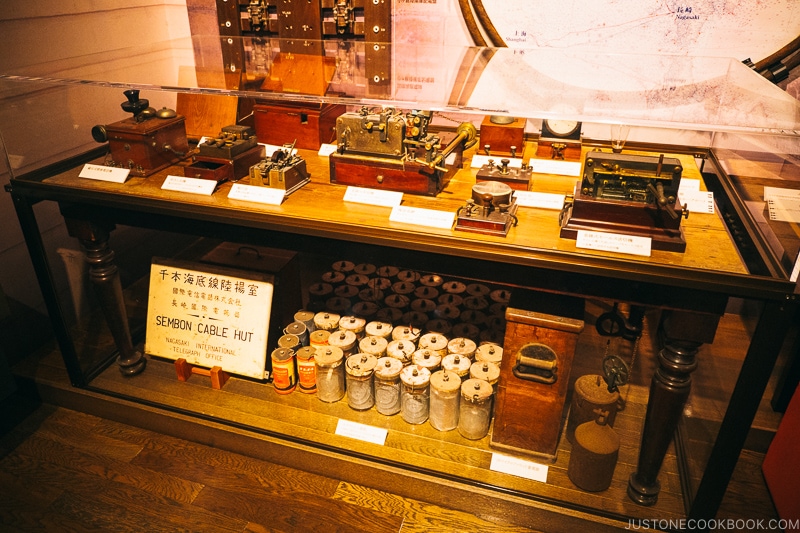
Our favorite part of the museum is the recreated Nagasaki Magistrate’s office.
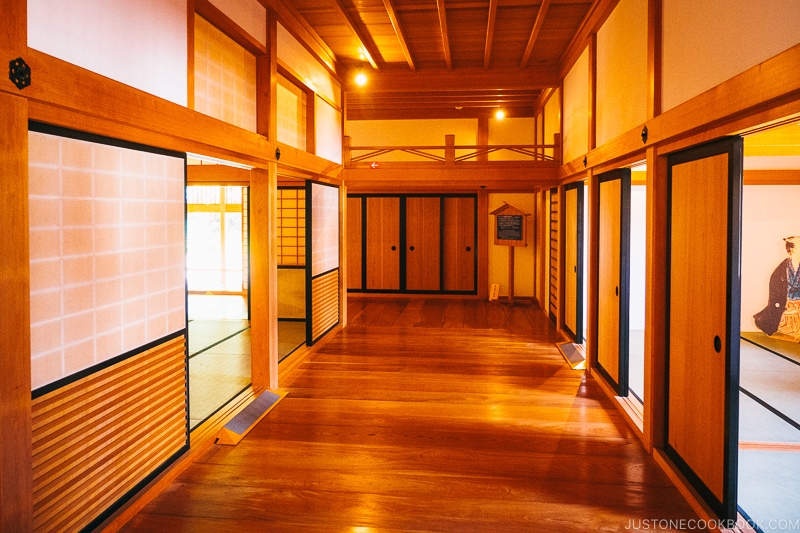
At the time, the magistrate’s office oversaw many government functions including trade, justice, and religion.

The office was faithfully restored down to the smallest details.
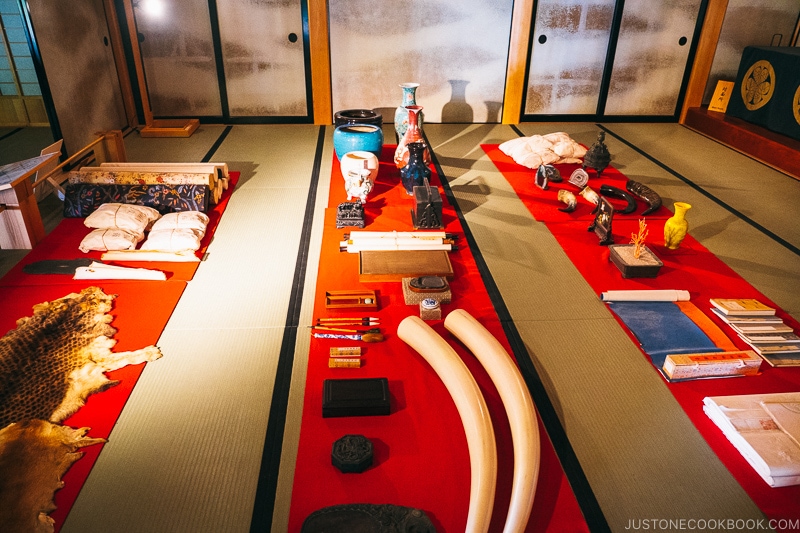
Walk 15 minutes west and head to the Museum of 26 Martyrs of Japan.
Museum of 26 Martyrs of Japan 日本二十六聖人記念館
In the late 1500s, Toyotomi Hideyoshi declared all priests should be expelled from Japan. To enforce his rule, six missionaries and twenty Japanese Christian/Catholics were executed at Nishizaka Hill in 1597.
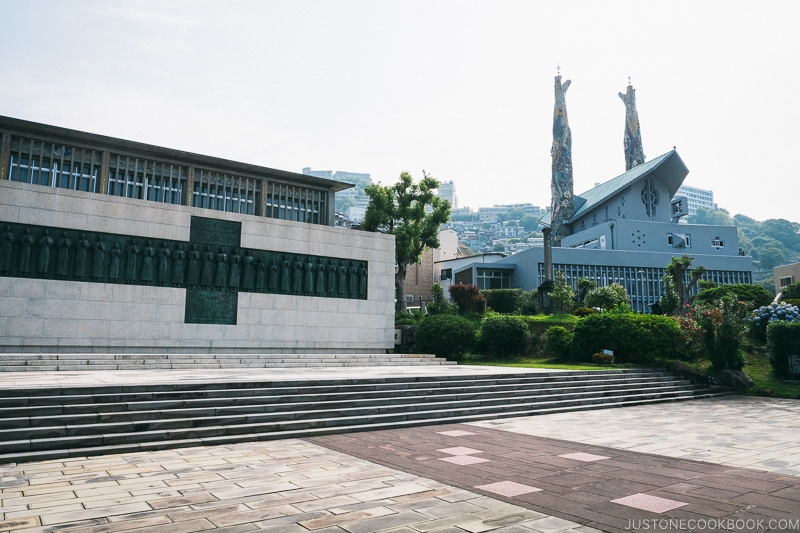
The museum houses a number of exhibits on the history of Christianity in Nagasaki. You can find personal belongings of hidden Christians and an original letter of St. Francis Xavier there.

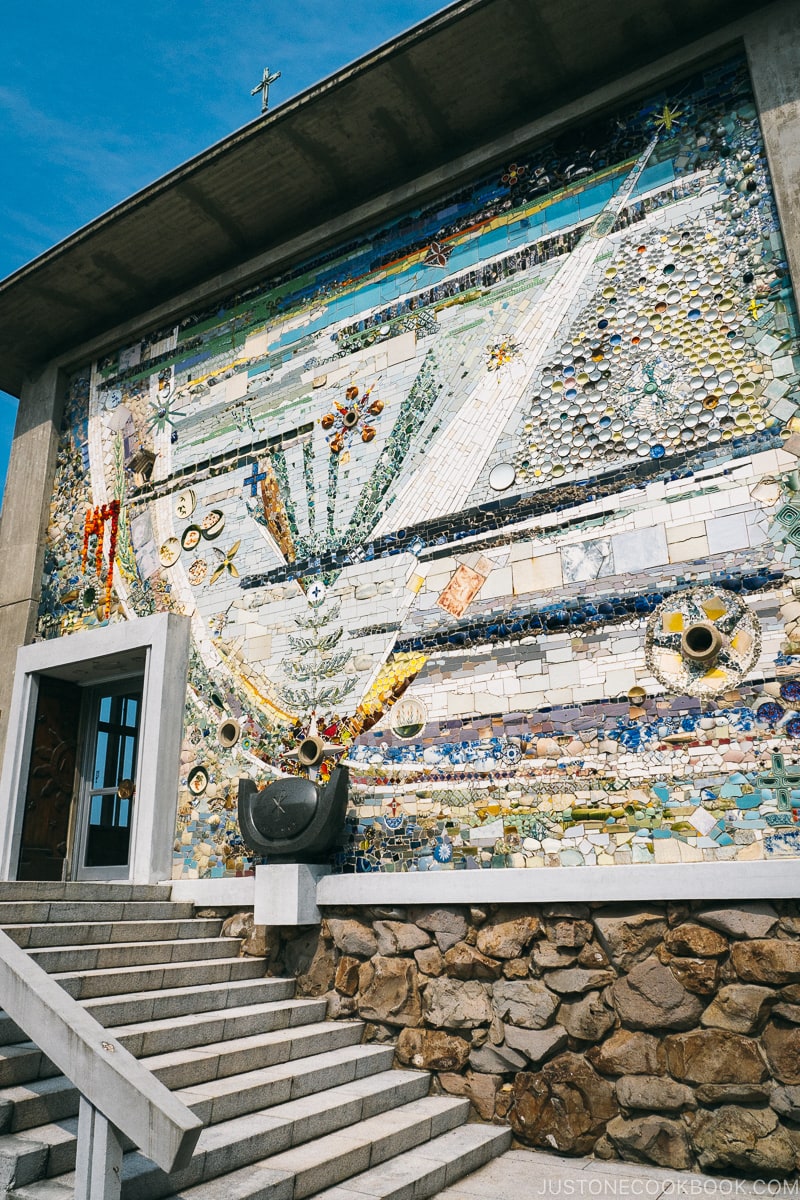
After visiting the Twenty-Six Martyrs Museum, spend the rest of day two at Nagasaki Atomic Bomb Museum and Peace Park! We’ll cover more in the next post.
Mt. Inasayama Observatory 稲佐山山頂展望台
At night, enjoy the panoramic scene from Mt. Inasayama Observatory. It is one of the three major night views of Japan (including Hakodate).
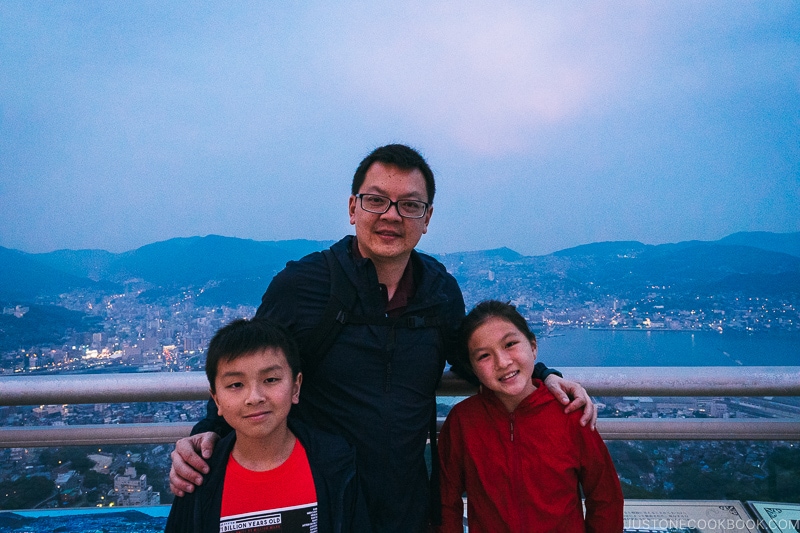
Visitors can take the ropeway up from the Fuchi Shrine Station, drive halfway up the mountain and take the slope car, or drive all the way to the top.
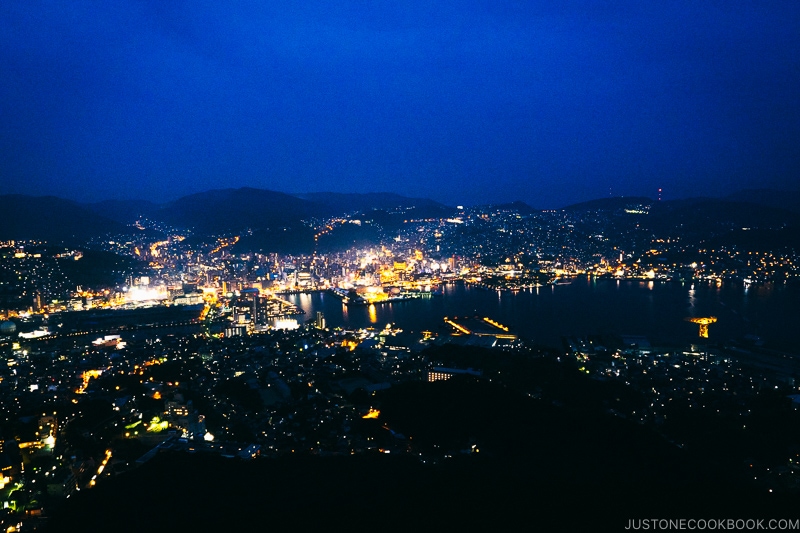
There’s a spacious observation deck for visitors to take in the view of Nagasaki during the day or at night. Inside the observatory is Hikari Restaurant that serves classic Nagasaki dishes like champon, sara udon, and toruko rice (Turkish rice).
It was a bit hectic trying to see all the historic Nagaski sites in two and a half-day. When you visit, it’s best to spend three to four days to fully appreciate this colorful city. The next stop in Nagasaki is Nagasaki Atomic Bomb Museum and Peace Park.
Interested to see more of Kyushu Island? Head over to our Kyushu travel guides.



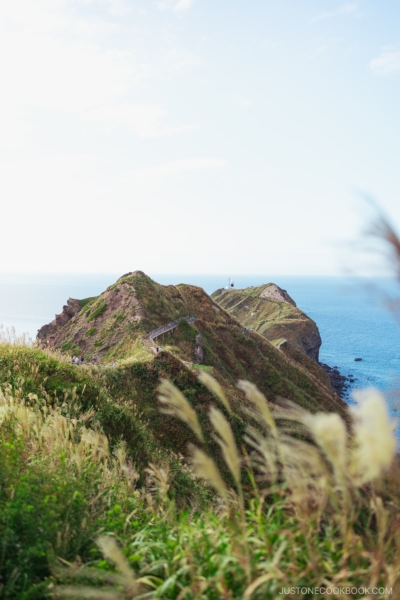
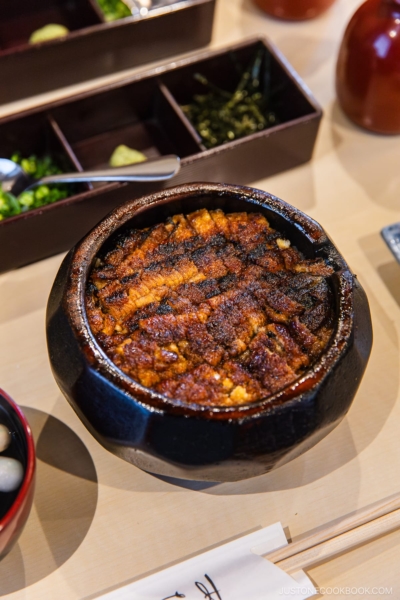




Dear Nami,
Thank you for your explanation of Huis ten Bosch mentioned in your previous travel guide of Kyushu. You mentioned Hollander Sloop where foreigners were allowed to reside. Is this because the majority of the foreigners who resided there were from Holland? Or was it just given that name because of the foreigners residing there?
Thank you for sharing the Nagasaki tour!
Very nice and beautiful travel photos. Thanks for sharing these photos.
I have never been in Nagasaki. Nice museums.
I enjoy your travelling photos. – Presentations are excellent.
I could visit many Japanese places from my laptop.
Hi Fumiko,
Thank you for your kind comments. Kyushu is really far from Tokyo but we highly recommend visiting. Our family has always had a great time there with so many things to do.
We’ve just booked to return to Japan next spring (we used to live in Osaka.) But neither of us have been to Nagasaki so we’re doing our first week in Kyushu so this guide is very useful!
Hi Claire,
Kyushu is one of our favorite places to visit in Japan and the regional foods are simply amazing. One week is not a lot of time so plan ahead on what you want to see.
Dear Nami,
Wow! Thank you for wonderful journey in Nagasaki. IAnd coincidence – a few days ago I saw a great film about Japanese dynasties on TV and one part was dedicated to the city of Nagasaki, the Dutch Quarter and so on. I really liked it, and now your article is great! I hope one day we will visit Japan, although we are quite far away – in Lithuania 🙂
Hi Daiva,
Thank you for stopping by to read the Nagasaki travel post! Such a coincidence the film featured the city. Nagasaki has a rich history with international trades most people aren’t aware.